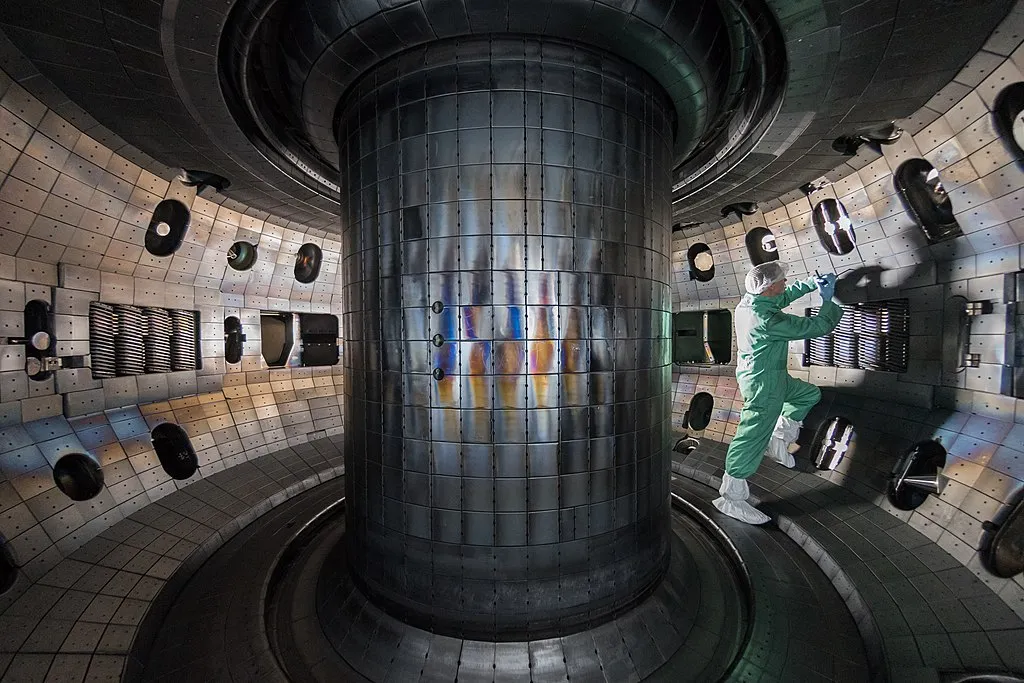American and Chinese researchers published a paper in Nature magazine, “A High-Density and High-Confinement Tokamak Plasma Regime for Fusion Energy” on April 24, reporting a breakthrough in the tokamak nuclear fusion experiment, which not only increased the upper limit of plasma density, but also kept the plasma stable in a high-confinement mode, running state. It is generally believed that there is a critical point of plasma density in the tokamak nuclear fusion reaction, where there is a limit called the “Greenwald density,” beyond which the plasma density cannot be further increased lest the plasma escape the constraints of the magnetic field and damage the reactor.
Recent experiments with the U.S. DuBright III-D Tokamak, a collaborative effort between General Atomics, the Lawrence Livermore National Laboratory, and the Institute of Plasma Physics of the Chinese Academy of Sciences, increased the density by 20% over the “Greenwald density,” and the system ran stably for 2.2 seconds. It also achieved an energy constraint level that was approximately 50% higher than the standard high constraint mode. The researchers tried to combine different methods to create a new operating mechanism. They increased the energy output by increasing the density of the core of the plasma, while allowing the plasma density to drop closer to the edge of the containment vessel, thereby preventing the plasma from escaping. They also injected deuterium gas into the plasma to calm reactions at specific sites.
According to reports, the new research takes controlled nuclear fusion technology one step closer to commercialization, but whether it can be extended to larger-scale equipment remains to be verified.


